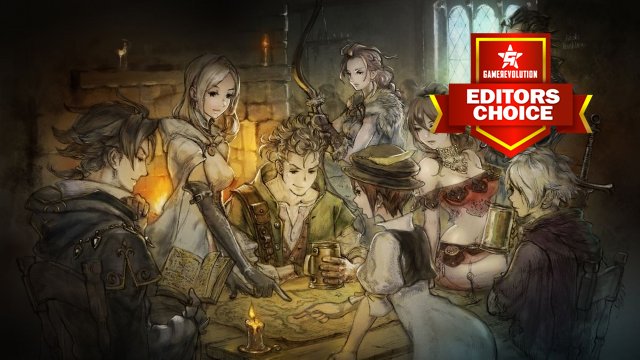Octopath Traveler is one of those games that tap into nostalgia feels at full steam. Tons of gamers have fond memories of Square Enix’s 16-bit RPGs, so much so that some of them just can’t accept that Final Fantasy 7 was the best game in the series, not Final Fantasy 6 (fight me IRL)
It’s no surprise then that Square decided…
-
Old-school JRPG aesthetic with modern effects looks amazing.
-
Simple but rewarding battle system keeps things fresh.
-
Likable characters, each with unique ways of interacting with the world.
-
Random battles may turn some players off.
-
The eight characters' stories don't intertwine and they have very little interaction with one another.











